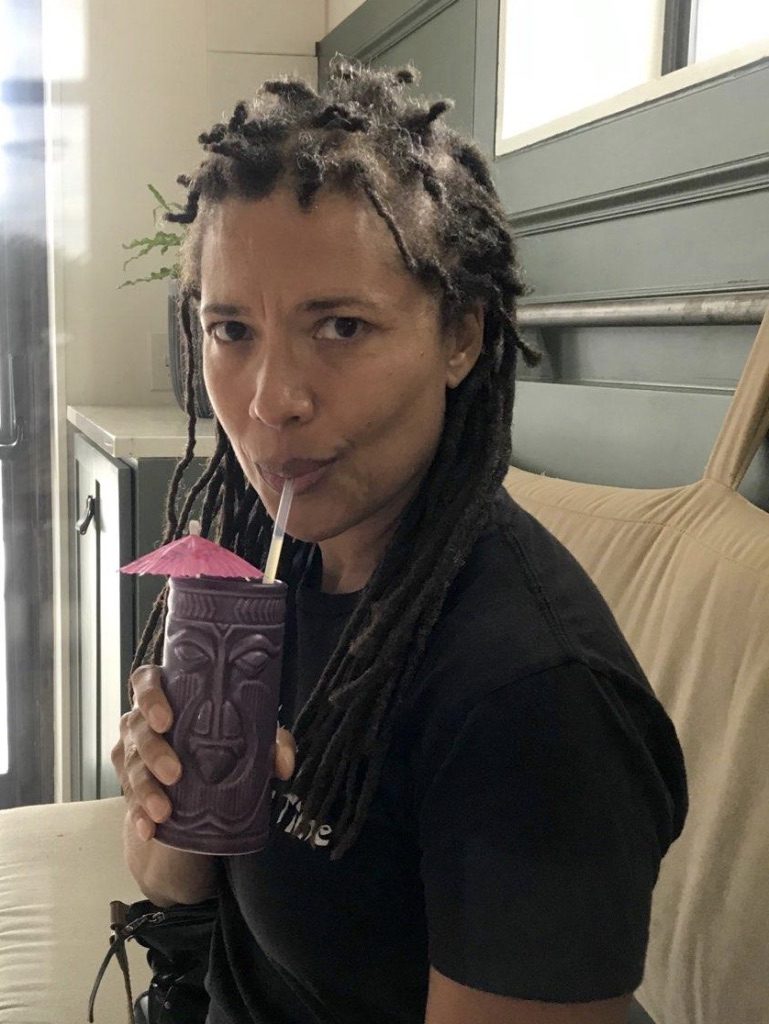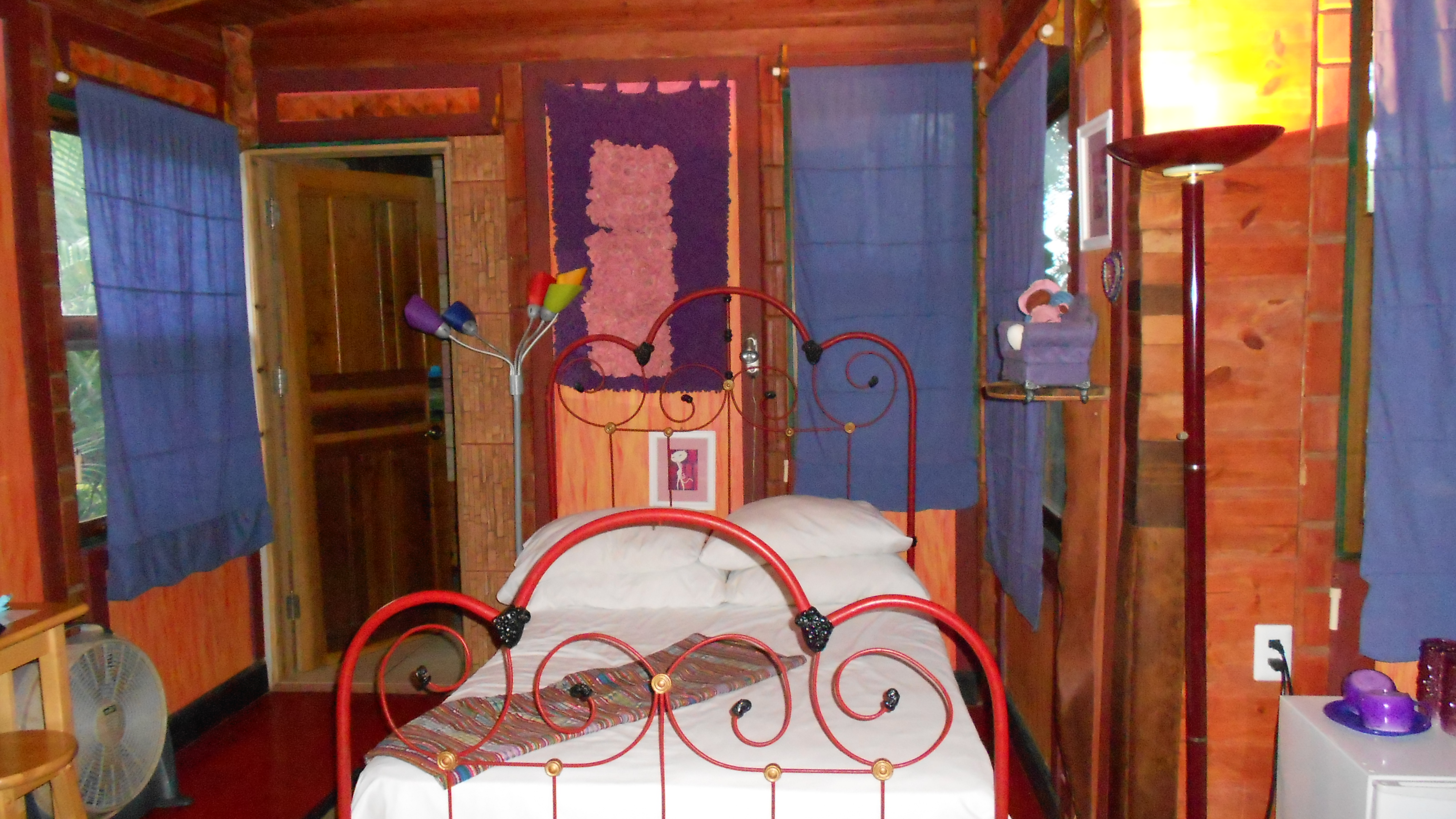
I started dreads back in ’94.
At the time, I was a Peace Corps Volunteer because water was far too precious to waste on perming my hair. This practical approach to the limited amount of freshwater turned out to be a lifelong commitment to dreads.
“Commitment” may be the wrong word because that usually implies sacrifice and hard work. What I found was freedom. From routine. From high-cost maintenance. From worrying about the weather messing up my hairdo.
I’ve learned that dreads thin out like ropes in chronic dry weather like Denver. Severe stress will cause hair loss even for dreads like when I taught my first year in Honduras. And over time, dreads tend to migrate, which causes me to redo them from time to time.
Sometimes, I need to braid a few skinny ones together. Other times, I need to prune fat ones that haven’t locked up after about 3″ of growing out of my scalp, which makes them look unkempt. After cutting off the locked part, the remaining hair is like a soft, short Afro. I divide that patch of hair and make two braids. Over time, those skinny braids grow into luscious dreads and starts the process all over again.
This time, the catalyst for a mass pruning turned out to be those feisty gray hairs. They had a mind and texture all of their own. And like cantankerous old ladies, they were so set in their ways that they disrupted whichever lock they sprouted in.
Of course they got their way. I chopped off most of the dreads in the front and shedded no sentiment as I did so. Once I braided the remains into mini braids after the butchery, I had a mullet.
My maternal grandmother often said that a woman’s hair was her crown and glory, especially after she saw my dreads for the first time. She’d wanted me to reverse them–as did every other older female relative. She even laid on a heavy guilt trip. “I never told you this, but I always thought you were the prettiest one.”
Well, I’m still beautiful. Even with a dreadlocked mullet and cool girl shades.


